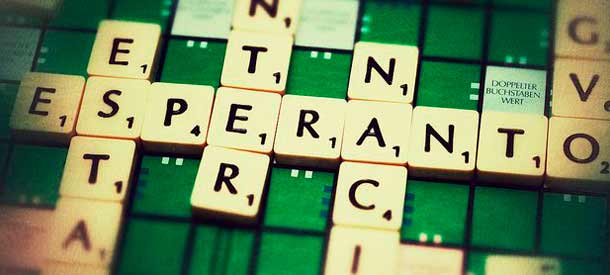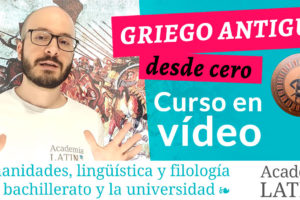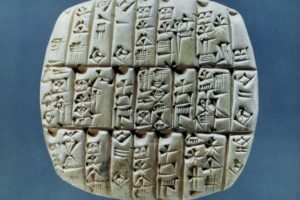Description
With this free 33-video lessons course you will learn about Esperanto's most important concepts
Esperanto (originally Lingvo Internacia, "international language") is the most widely disseminated and spoken international planned language in the world. The name comes from the pseudonym L. L. Zamenhof, a Polish ophthalmologist, used to publish the language bases in 1887. The intention of this doctor was to create a language easy to learn and neutral, more suitable for international communication. As reflected in the Boulogne Declaration, the aim of Esperanto is not to replace national languages. This language is simply a rapid international alternative to learning from the great languages that arise according to the powers of the time and involve a high cost of resources and linguistic equality for non-native nations.
Esperanto is present in services such as Google translator, Facebook and is increasingly offered on language platforms on the Internet, with the most noteworthy statistical example by Duolingo: Since 2015, only in Duolingo it is noted that millions of people have learned Esperanto in different languages, leaving a course in Spanish as early as 20168 . Currently your data speaks of more than 800,000 students active for this language.
With 234,000 articles, Esperanto Wikipedia ranks 32nd and in proportion is the most international of all at the origin of contributions.
Although no state uses Esperanto as an official language, it is a language with a community of more than 2,000,000 speakers of all levels spread around the world, according to late-century estimates coupled with the most recent ones. Of these, between 1000 and 10,000 are native Esperanto speakers who have learned it in their surroundings.11 In Poland, Esperanto is on the list of intangible cultural heritage. As a language, it enjoys some international recognition, for example, two Unesco resolutions or the support of personalities of public life.
Today, Esperanto is a daily language used in travel, correspondence, social networks, chats, international meetings and cultural exchanges, business, projects, associations, congresses, scientific debates, in creation of both original and translated literature, in theater and cinema, music, in paper and online news, as well as radio and sometimes television.
Esperanto vocabulary comes mainly from Western European languages, while its syntax and morphology show strong Slavic influences. Morphemes are invariable and those who speak it can combine them almost unlimitedly to create a wide variety of words; So Esperanto has a lot in common with insulating languages, such as Chinese, while the internal structure of words is reminiscent of binding languages such as Japanese, Suajili or Turkish.
The alphabet is phonetic. Complying then with the rule "one letter, one phoneme" Esperanto is written with a modified version of the Latin alphabet, which like most Latin alphabets includes diacritics. In this case, there are six: s, s, s, s, and the following are the only ones; i.e. c, g, h, j, s circumfences, and u brief. The alphabet does not include the letters q, w, x, y, which only appear in foreign (not assimilated) proper names.






Reviews
There are no reviews yet.